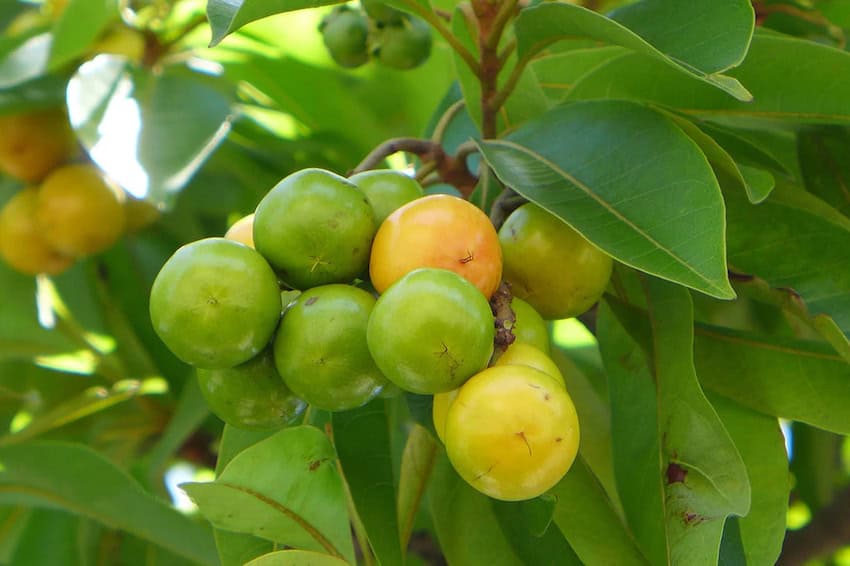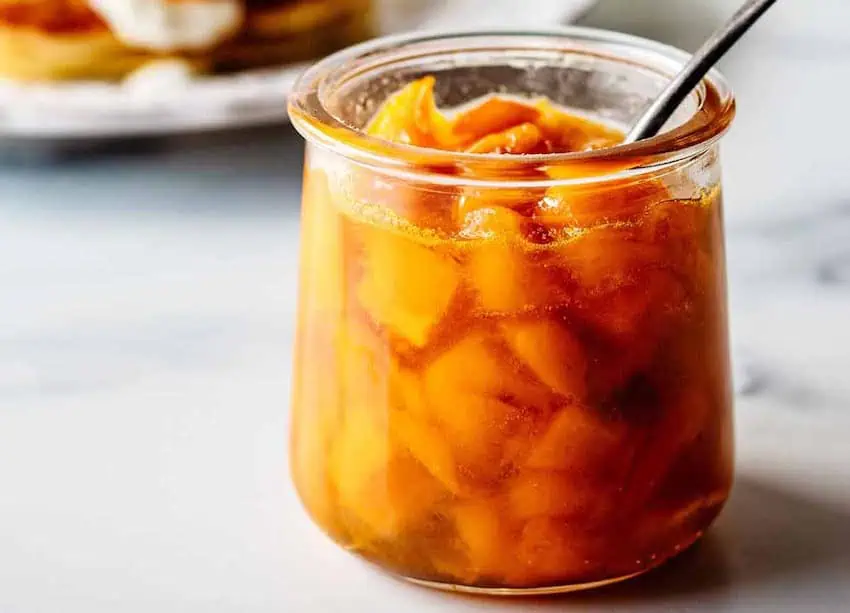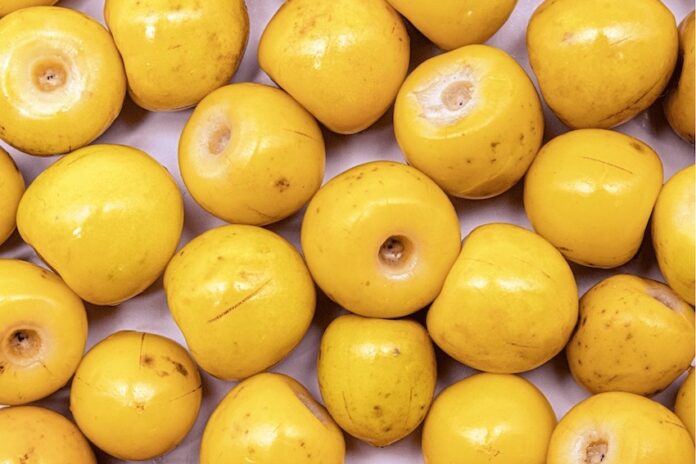In Mexican Spanish, “pelusear” is a colloquial gem that doesn’t translate neatly into English. It means “to look down on” or “to dismiss,” but always with a dash of mockery. You might use it after taking a nice bottle of wine to a friend’s dinner party, only to see their face twist in faint disappointment. “Me pelusearon mi vino,” you’d say — they ‘peluseared’ my wine.
Today’s subject is a fruit that inspires both devotion and derision. The nance — beloved by some, peluseado by others — is a small, yellow, cherry-sized fruit that could be mistaken for a miniature yellow plum. But its defining trait isn’t its appearance; it’s the pungent scent that precedes it. When nance season arrives, in markets across Guerrero, Morelos, Yucatán, and Oaxaca, you can follow your nose to the vendor’s stall long before you spot the fruit.

Nantzin Xocotl: The fruit of the gods
Native to Mexico, the nance once grew abundantly across the country and was a staple in the pre-Hispanic diet. In ancient myths and sacred texts — like the Popol Vuh, the Mayan book of creation — it appears alongside guava, tejocote, zapote, and capulín. For the them, it was quite literally food for the gods.
Among the Mexica (Aztecs), its Nahuatl name, nantzin xocotl, is thought to link it to the goddess Tonantzin — the Mother Goddess, associated with fertility, maternity, and protection.
Nance had a different name in every pre-hispanic culture: nanche, nance, huizaa, chi, mami-ñhaand changunga. This might seem trivial, but linguists will tell you that cultures tend to name only what matters to them.
The superfruit of the Conquista
Spanish chroniclers recorded that the nance was eaten for both pleasure and medicine. To pre-Hispanic folks, it cured fevers and digestive troubles: diarrhea, stomach aches and indigestion. Pregnant women took it to prevent miscarriages and ease labor. Women in general were advised to eat it to stave off infections and inflammation in the reproductive system.
View this post on Instagram
Modern science confirms much of this ancient knowledge. Nance is rich in compounds that help prevent cardiovascular disease, cancer, diabetes, and even Alzheimer’s. It’s antimicrobial, anti-inflammatory, anti-tumor, and fever-reducing. And thanks to its dietary fiber, it’s a digestive powerhouse.
Then, why the peluseo?
Its smell. I used to think it was like a green olive on steroids—sharp and briny—until a friend casually mentioned it reminded him of cheese. Mature cheese. Now I can’t unthink it. The aroma starts out bitter, with a faint astringency, then slides into sweetness.
From May through late September, you’ll see piles of nance tucked among the mangoes and guavas at fruit stands. If you’ve never tasted one, ask your fruit seller for a single berry. And here’s the twist that will blow your mind and senses: the smell doesn’t always match the taste. Some nances lean toward that cheese note, others bloom into a peach-like sweetness.
Eating a nance is, without question, an experience. I still don’t know why there’s no popular saying like “Don’t judge a nance by its cheese smell.”
Ways to eat it

If you can handle bold aromas and flavors, eat nance raw for the full nutritional punch — heat diminishes its vitamin C and antioxidant content. In the south, where it’s common, people turn it into traditional sweets that mellow its scent and amplify its sugar.
One of my favorite preparations is nance compote: less sweet than jam, less cloying than candy, still wonderfully distinctive.
Sugar-free nance compote
Ingredients
Instructions
Storage & Use
Friends, this is a fruit that resists easy love — its flavor is intense, its smell unforgettable — but I beg you, no pelusear al nanche. As my mother would say: how can you know if you like something if you’ve never tried it?
And if you have tried it — did it smell more like olives or cheese to you? I’m taking notes.
María Meléndez is a Mexico City food blogger and influencer.
